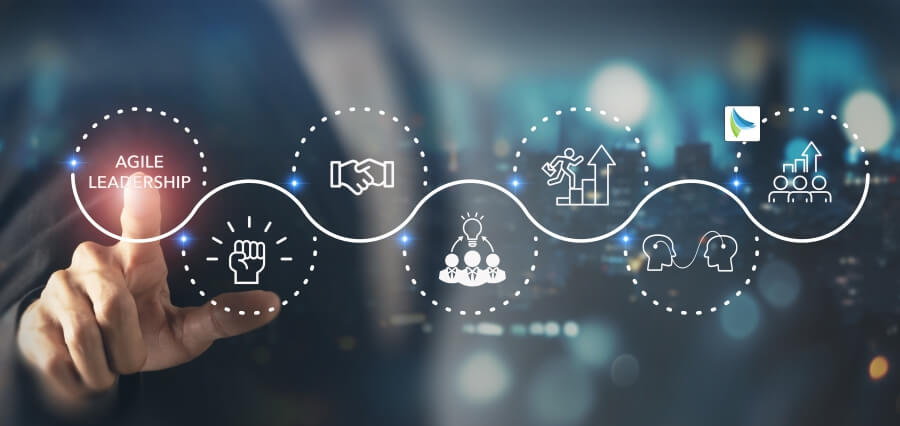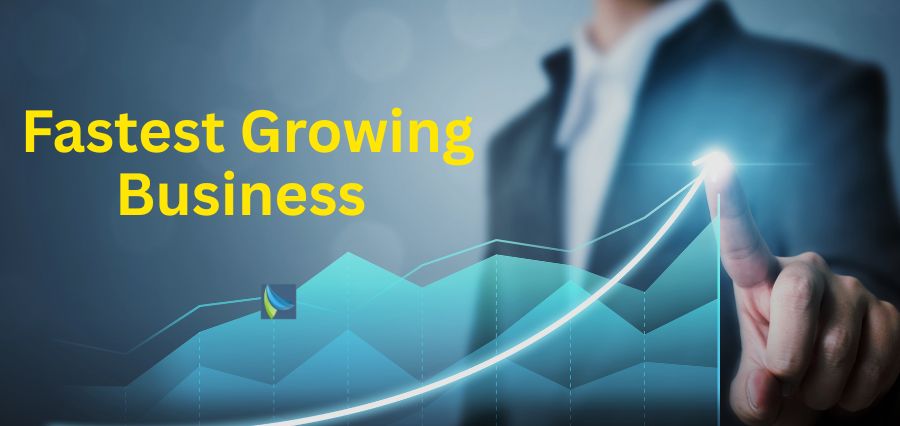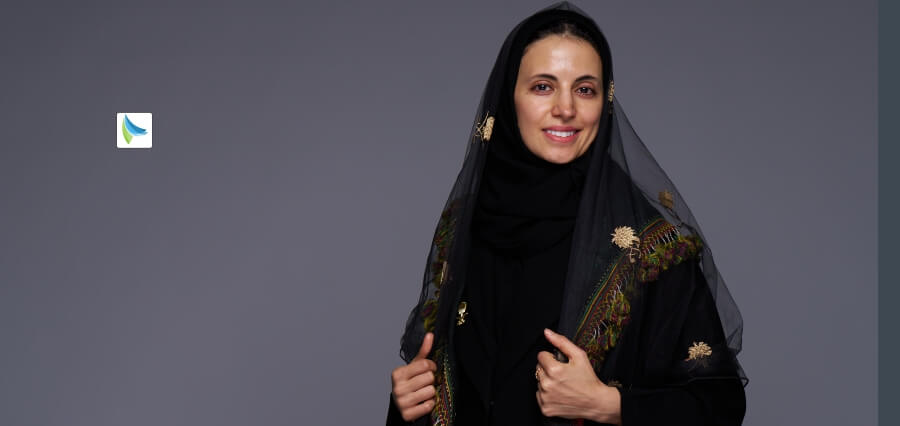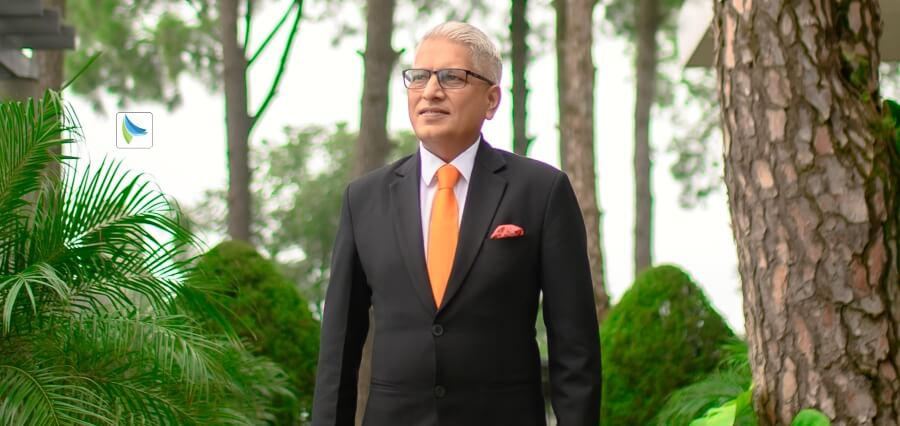Through the twists and turns of 2025, the model of leadership is being dramatically transformed. Traditional paradigms characterizing great leadership are no longer able to keep up with the times; in their stead, are emerging new models better able to keep up with the demands of an evolving world. By 2025, leadership is not about hierarchical power; today it is becoming responsive, optimizing technology, and dedicated to sustainability and diversity.
This article talks about some of the greatest strategies that can enable the leaders to redefine their influence and survive in this new emerging world.
Authentic Leadership: The Foundation of Trust
Authenticity is the new ingredient of leadership strength in 2025. As people prize openness and honesty, leaders must go beyond cosmetic displays of perfection and own authenticity with their people. Authentic leaders create spaces where vulnerability is the mark of courage, making openness and greater human connection possible. By exposing themselves to share their own struggles and adversity, they encourage teams to solve problems creatively and courageously.
In addition, authentic leadership values diversity over enforcing homogeneity. The transition from bandaging so-called weaknesses to leveraging distinctive strengths reimagines organizational culture as diverse and innovative. Authenticity-driven leaders build workplaces where employees feel valued, safe, and empowered to contribute meaningfully.
Harnessing Technology for Strategic Advantage
Technology synergy is at the core of leadership in 2025. Artificial intelligence (AI) continues to revolutionize the manner in which industries function with data-driven information, process automation, and augmenting decision-making ability. Leaders need to not only learn how to implement AI but also handle its implementation with regard to values and human intuition.
For example, AI can sort through vast repositories of data to forecast market trends or customer patterns and offer actionable intelligence to decision-makers. However, ethical uses of AI such as preventing algorithms from being biased must be sharpened over and over again. Investments in staff training that exposes employees to AI tools and raising awareness about their limitations also need to be made by leaders.
Besides AI, blockchain and big analytics are also transforming operations. Those who use these in their strategies make their businesses agile to digital disruption. Having the focus on constant learning and flexibility, they become innovative-thinking leaders able to drive sustainable growth.
Agile Leadership: Navigating Uncertainty
Flexibility equals leadership strength in 2025. Being able to change in strategies while retaining long-term goals is essential in a time characterized by the pace of change. Flexible leaders make bottom-line decisions, decentralizing authority to avoid hurdles and become faster.
Transparency in communication is required while creating agility. The choices need to be explained in a way that there is trust and coordination between the employees. Open conversation where employees are able to ask questions or add ideas encourages collaboration and innovation. Additionally, achieving bold long-term objectives and modest short-term victories energizes teams while keeping consistent momentum towards overall objectives.
Prioritizing Employee Well-Being
Employee experience is increasingly being understood as the foundation of leadership influence in 2025. Leaders need to place mental health programs, flexible work arrangements, and burnout avoidance cultures at the top of their agendas. The pandemic emphasized the need to focus on emotional needs in the workplace—a trend that continues to inform leadership planning today.
Fair pay is at the forefront still of shaping workers’ experience. Managers who recognize employees’ efforts by giving them fair wages and benefits engender trust and dedication. Additionally, giving powers to employees and initiating discussion of mental health aids to create a business culture of caring for workers as well as enabling them.
Partnership as an Engine of Innovation
Collaboration powers top performers in 2025. Today, leadership influence is founded on breaking down organizational silos through constructing cross-functional work that allows teamwork and creativity. Cross-functional teams composed of diverse members with varying backgrounds have the ability to resolve complex problems in innovative manners.
Constructing a culture of inclusiveness is essential in developing collaboration. Leaders can well spend on communication platforms like Slack or Microsoft Teams to facilitate convenient communication and harmonize departments. Using these tools in their best practices, they can improve productivity and abolish workflow inefficiencies.
Beyond Profit: Leading with Purpose
Leadership value contribution in 2025 requires leadership to rise above profit-centered approaches to internally driven approaches in order to make a greater society contribution. It is all about combining intrinsic values like sustainability, social responsibility, and good ethics into highest-order strategic objectives. Leaders who guide purpose ahead of raw profitability instill employees with the desire to contribute to goodness in their local communities.
This new vision challenges leaders to shift from the old command-and-control hierarchies to collaborative, co-creation and shared-responsibility-based ones. As leaders transform, they redefine their own role as agents of innovation and resilience in an uncertain future.
Conclusion: A Vision for Leadership Impact in 2025
2025 leadership must be re-designed with revolutionary changes of mind and strategy. Superficial displays of perfection must give way to authenticity; decision-making must be led by flexibility; technology must be responsibly used; collaboration must be prioritized; workers’ welfare must be safeguarded; and social impact must take precedence over short-term profit.
These leaders will not only be comfortable with uncertainty, but also take their organizations to triumph through disruption. In this process, they will create new benchmarks for success in leadership—redefining what it is to be a successful leader in the new world and making key contributions towards a sustainable future.
Read Also: Empowering Women Entrepreneurs in the Digital Age: Networking Powerhouse












